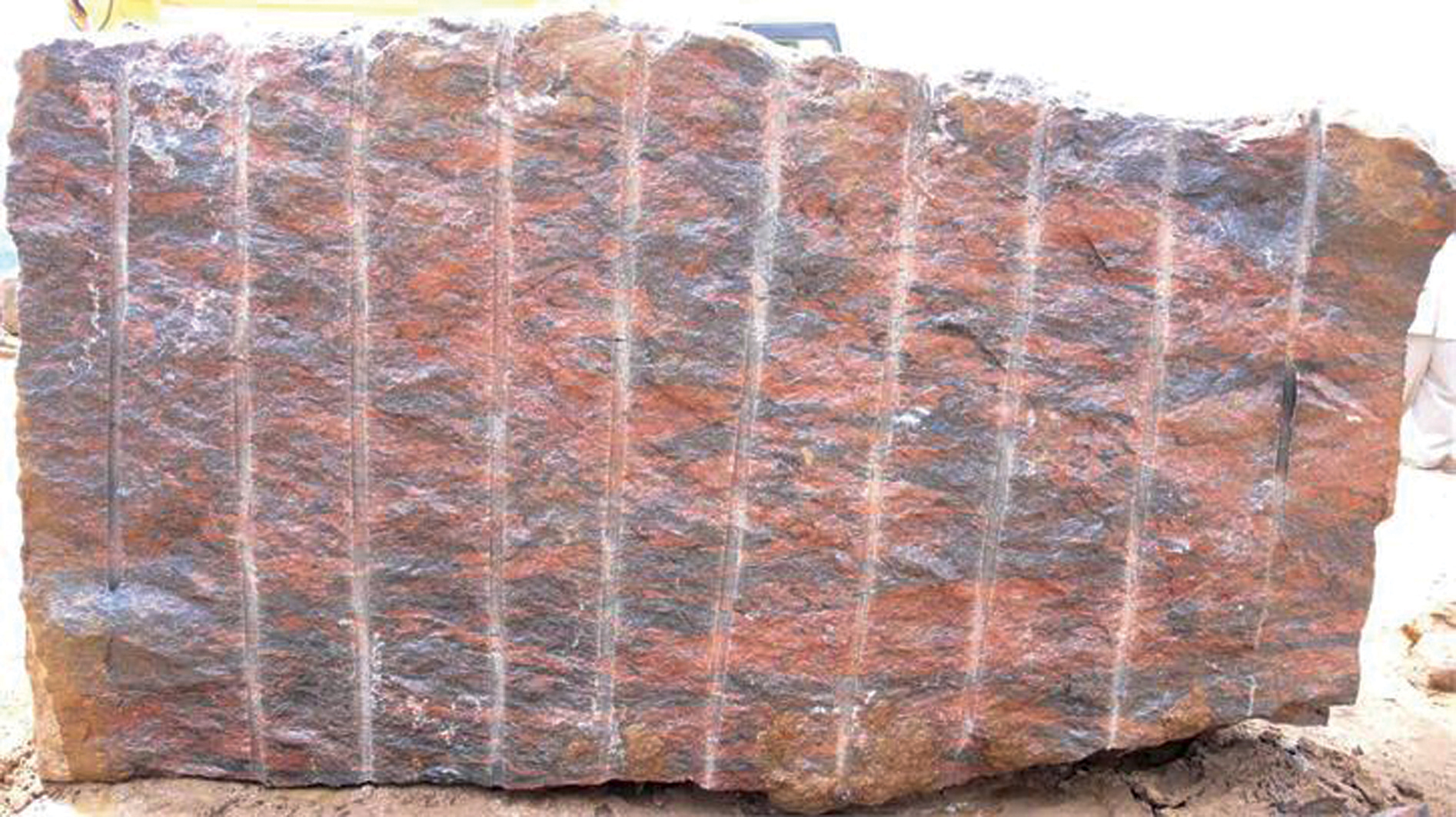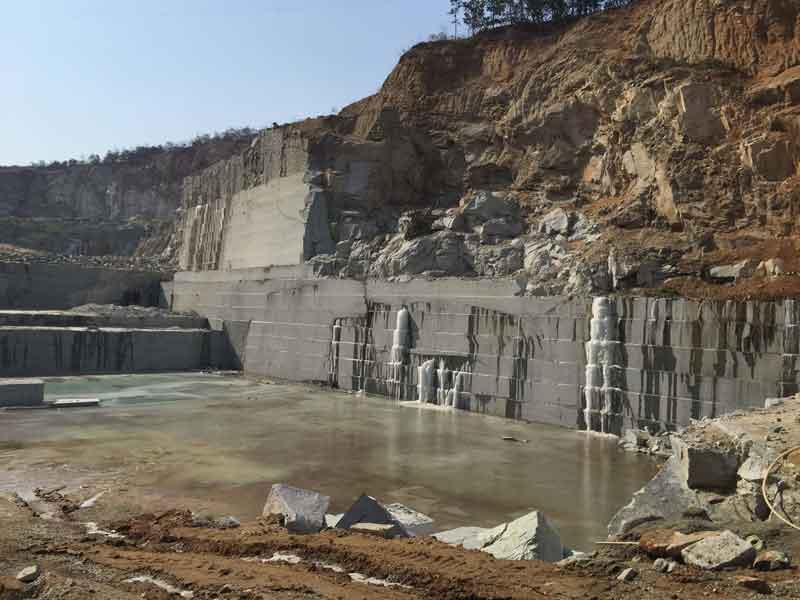A Trip Via Granite Quarries in South Africa: Unveiling Nature's Creativity
A Trip Via Granite Quarries in South Africa: Unveiling Nature's Creativity
Blog Article
Unveiling the Mysteries of Granite Quarrying: Where Stamina and Style Meet
The world of granite quarrying is a realm where the raw stamina of nature merges with human artistry to create frameworks that stand the examination of time with an air of elegance. From the depths of quarries to the precise sprucing up in workshops, the procedure of changing granite into architectural marvels is a complicated dancing of practice and innovation. As we peer into the depths of this ancient craft, we begin to uncover the covert ins and outs that form the really significance of our built environment.
The Origins of Granite Quarrying
In the annals of architectural background, the origins of granite quarrying are shrouded in a tapestry of old workmanship and geological wonders. Going back to old Egypt and Mesopotamia, the extraction of granite from quarries marked the start of a trip that would eventually result in the development of a few of the world's most famous frameworks.
Granite quarrying's roots can be traced to the proficient craftsmens that acknowledged the stone's toughness and visual charm. With a combination of primitive tools and sheer resolution, these very early quarry employees discovered granite blocks that would become the building blocks of civilizations.
As civilizations evolved, so did the strategies of quarrying granite. The Romans, renowned for their design expertise, established advanced methods for removing granite to create monuments, temples, and roadways that stood the examination of time.
The tradition of these ancient quarrying techniques remains to shape modern style, with granite continuing to be a sign of strength and style in building and construction jobs around the globe. (granite quarries in south africa)
Devices of the Quarrying Trade
The evolution of granite quarrying strategies from ancient civilizations to modern-day times highlights the important function played by the devices of the quarrying profession in shaping the sector's methods. In old times, quarrying tools were basic, often including chisels, hammers, and wedges made from products like bronze or iron. These tools called for considerable workforce and time to essence granite obstructs from quarries.

Additionally, the introduction of pneumatic tools and high-powered machinery has actually dramatically reduced the physical labor required in quarrying procedures, boosting employee safety and security and performance. As the quarrying sector proceeds to introduce, the tools of the trade remain at the forefront of driving progress and forming the future of granite removal.
Drawing Out Blocks of Granite
Using precision machinery and progressed strategies, the removal of granite blocks from quarries has become an innovative procedure in the contemporary quarrying industry. The initial action entails determining the location and size of the granite down payment read what he said to figure out the most efficient removal technique. When a suitable website is chosen, the extraction procedure starts with the drilling of openings for the positioning of explosives. Controlled blowing up strategies are then utilized to break apart the granite into manageable areas.

Polishing and Ending Up Strategies
To accomplish a flawless surface area on granite blocks, proficient artisans use a collection of precise sprucing up and completing techniques. After the first extraction and shaping procedures, the granite blocks undertake an extensive polishing stage to enhance their all-natural charm and durability. One usual method made use of in polishing granite is ruby abrasion, where industrial rubies are used to grind and brighten the stone to a smooth surface. This process not just creates a shiny surface area however additionally guarantees harmony in color and appearance across the granite block.
In addition to polishing, finishing techniques are applied to more improve the granite's look. By meticulously picking and applying these polishing and finishing strategies, craftsmens can transform raw granite obstructs into exquisite pieces that display both strength and sophistication.

Environmental Influence and Sustainability
With the growing focus on ecological awareness in the industry, granite quarrying methods are significantly looked at for their effect on natural resources and long-term sustainability. Quarrying for granite can have considerable ecological implications. index The removal procedure commonly involves making use of heavy machinery, nitroglycerins, and huge amounts of water, causing environment destruction, dirt erosion, and water air pollution. Additionally, the transportation of granite from quarries to refining centers generates carbon discharges, better adding to environmental deterioration. granite quarries in south africa.
To alleviate these influences and ensure sustainability in granite quarrying, industry stakeholders are adopting various steps. Carrying out innovative modern technologies to lower power intake and water use, redeeming quarried land for ecological restoration, and promoting responsible sourcing practices are some strategies being employed. Furthermore, certifications such as the Forest Stewardship Council (FSC) and the Management in Power and Environmental Layout (LEED) aid customers determine ecologically friendly granite products.
Final Thought
Finally, granite quarrying is a procedure that needs specialized devices and methods to extract blocks of granite and brighten them to a high level of coating. While the ecological impact of quarrying can be substantial, efforts are being made to boost sustainability methods in the this post sector. Generally, granite quarrying is a delicate equilibrium between using the stamina and elegance of this all-natural rock while lessening its effect on the atmosphere.
Report this page